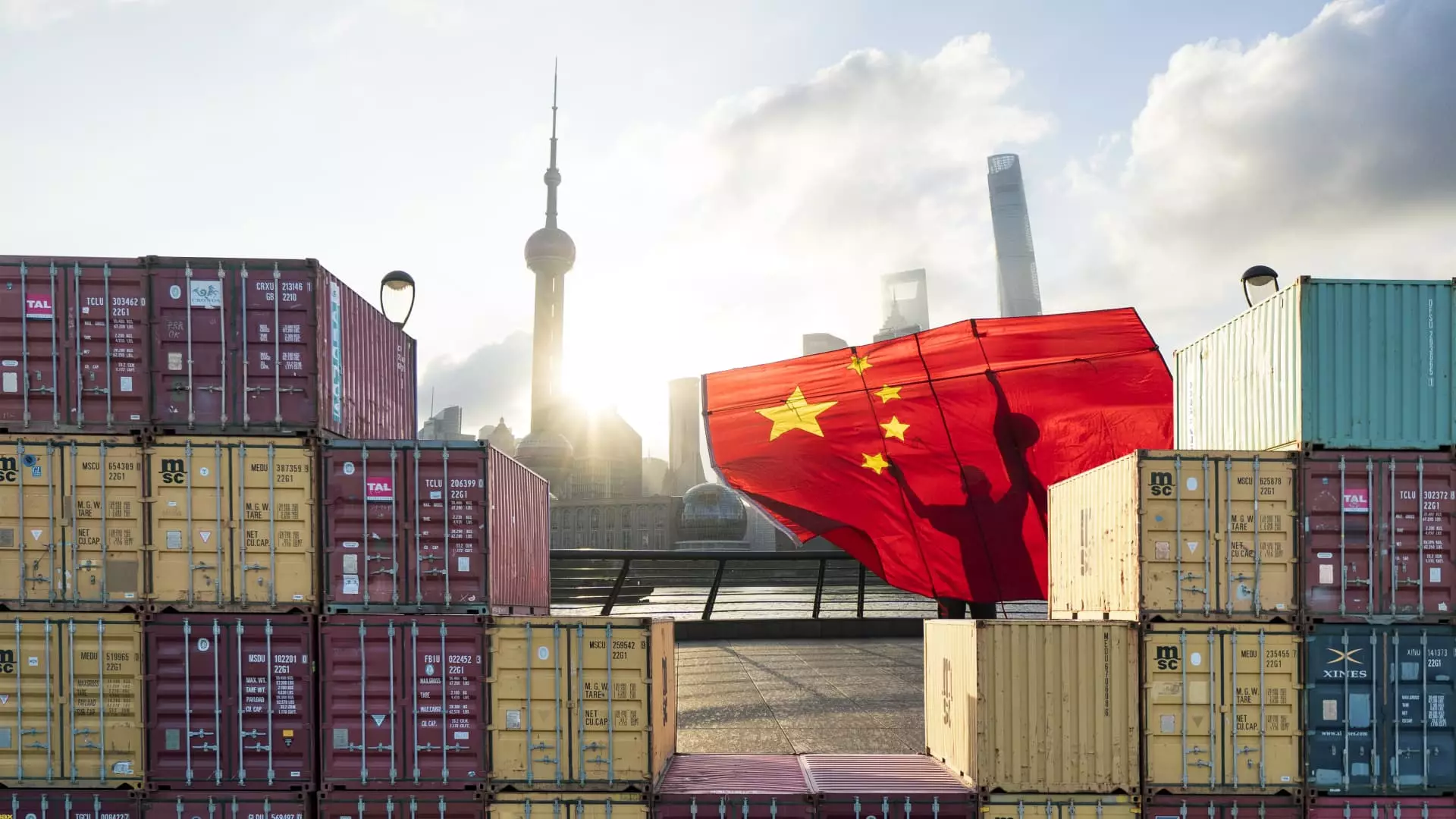China’s industrial output expanded at the fastest pace since February 2022 in November, indicating signs of recovery. However, the growth in retail sales fell short of expectations, suggesting a patchy and uncertain economic rebound for the world’s second-largest economy. As economists approach the China data with caution due to the low base effect, it becomes evident that the final months of stringent zero-Covid curbs in 2022 adversely impacted the economy. With mixed indicators, it is clear that China’s government still needs to take further measures to stabilize the weak domestic demand and ensure a more robust recovery.
China’s industrial output grew by 6.6% in November compared to the previous year, surpassing expectations for a 5.6% growth predicted in a Reuters poll. This impressive expansion follows a 4.6% rise in October. However, the growth in retail sales was underwhelming, with a 10.1% increase in November from a year ago. Although this is the fastest pace of growth since May, analysts had expected a 12.5% spike due to a low base in 2022. In October, retail sales rose by 7.6%. These figures demonstrate the mixed bag of results for China’s economy, highlighting the need for the government to take additional measures to boost domestic demand and stabilize the economy further.
Despite the positive growth in industrial output, China’s recovery has fallen short of expectations. Persistent challenges such as a real estate crisis, high debt risks, and chronic youth unemployment continue to hinder the country’s economic progress. Despite a range of policy support measures put in place by the government, economic sentiment remains subdued, leading to calls for increased stimulus to prevent a deepening slowdown.
Following the release of the data, Hong Kong shares, which have been underperforming in Asia Pacific this year, experienced gains with the Hang Seng Index surging by more than 3%. However, despite this positive trend, the index is still down by more than 14% in 2023, making it on track for a third consecutive annual loss. The CSI 300 benchmark, comprising the largest blue chips listed in Shanghai and Shenzhen, saw more modest gains, rising by 0.7% in mid-morning trade, reducing year-to-date losses to approximately 12.8%. These market reactions reflect the mixed interpretation of China’s economic recovery and raise concerns for the stability of the financial landscape in Hong Kong.
While China’s economic recovery faces obstacles, several green shoots indicate the government’s focus on growth. Investments in infrastructure and manufacturing have shown growth of 5.8% and 6.3%, respectively, on a cumulative basis in the first 11 months of the year. Retail sales have also risen by 7.2%. However, there is a significant concern in the real estate sector as investment in real estate development dropped by 9.4%. This decline reflects weak confidence in demand and investment as the largest real estate developers in China grapple with serious debt problems. Beijing’s efforts to deleverage and stabilize the once-bloated real estate sector are causing significant challenges for the overall recovery.
The release of recent economic data demonstrates a softening in domestic demand, a key focus of China’s leaders. A document outlining economic priorities for 2024 highlighted the importance of addressing domestic demand to ensure sustainable growth. Early data reveals that China’s consumer prices fell at their fastest rate in three years in November, while producer price deflation persisted for the 14th consecutive month. Additionally, imports experienced a year-on-year decline of 0.6% in U.S. dollar terms, missing Reuters’ forecast for a 3.3% rise. These figures signal the need for the Chinese government to prioritize measures that enhance consumer confidence and revitalize the economy.
China’s economic recovery showcases a mixed bag of results. While industrial output growth indicates positive momentum, retail sales performance falls short of expectations. The challenges of a real estate crisis, debt risks, and youth unemployment continue to impede the country’s progress. With the need for further measures to stabilize domestic demand and stimulate economic growth, China’s government must address these challenges and prioritize policies that promote sustainable recovery.


Leave a Reply